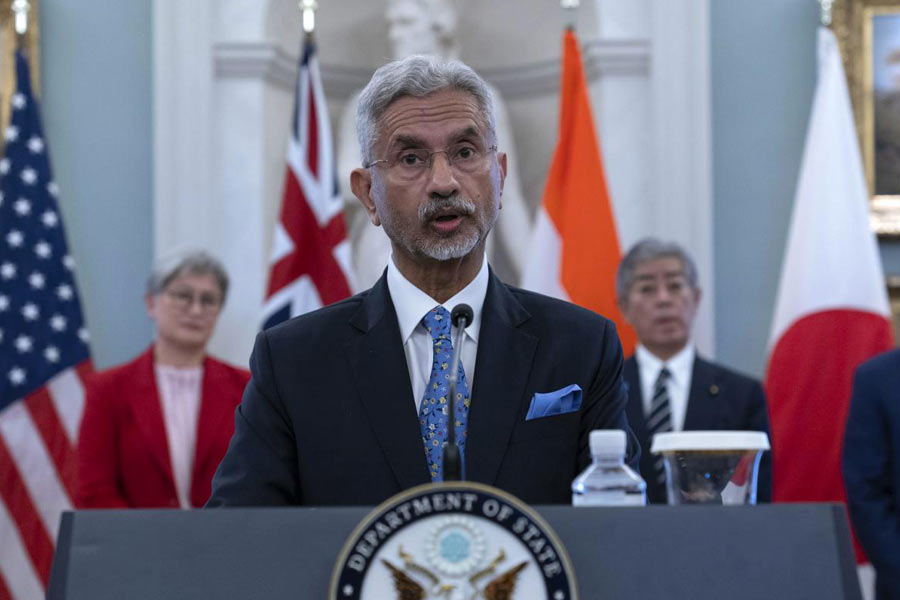 |
| BNR House in Metiabruz, on the banks of the Hooghly. Picture by Soumitra Das |
We have acknowledged for long that the Hooghly was and is the lifeline of Calcutta but have done little to protect either the river from pollution or save the built heritage on the banks of the river from neglect and apathy.
Nilina Deb Lal, who has compiled the Intach reckoner of the city’s architectural legacy, the first handbook of its kind to be published, brought to life the myriad structures which were constructed down the years along the river bank in her talk organised by the Society for Preservation, Calcutta, on Wednesday evening.
What made the talk very refreshing was that Deb Lal, an architect by profession who has specialised in conservation, was willing to admit that research was like cutting through layers of time, and one could never be sure of the discoveries one would make. For example, it is only of late that Deb Lal has found out that the Strand warehouse meant for tea cargo was constructed in 1887.
She began her talk with Fort William, inaccessible to the public. The small but beautiful St Peter’s Church, now a library, Kitchener House, Dalhousie Barracks and the semaphore tower are some of the important structures within.
Thereafter, she took the audience on a guided tour of the ghats, two ports, warehouses, temples, industrial heritage and the bridges that have come up and still exist along the Hooghly.
On Lady Canning’s grave in Barrackpore, she said the original was removed to St John’s church, where it lies neglected and unseen.
She was against the relocation of the statues of British rulers to Calcutta and stressed that they were better off in the West Bengal governor’s estate. It was only after it was removed from Calcutta in the 1960s that Lord Canning’s statue was placed near his wife’s grave.
Where the ghats were concerned, Deb Lal said it was easy to confuse their names because even local people have vague ideas about them. For example, Ram Chandra Goenka Ghat, where the flower market is situated, is often mistaken for Jagannath Ghat, on the Posta side of Howrah bridge.
She offered nuggets of not-so-well-known information. BNR House, in Metiabruz, was once part of Nawab Wajid Ali Shah’s large estate. The railway tracks that were being laid were in the beginning referred to as tramways.
It is unfortunate that the beautiful clock tower of the Kidderpore docks will inevitably fall to pieces. Deb Lal stressed that its superior brickwork can never be replicated today because workmen do not possess the skills any longer.











